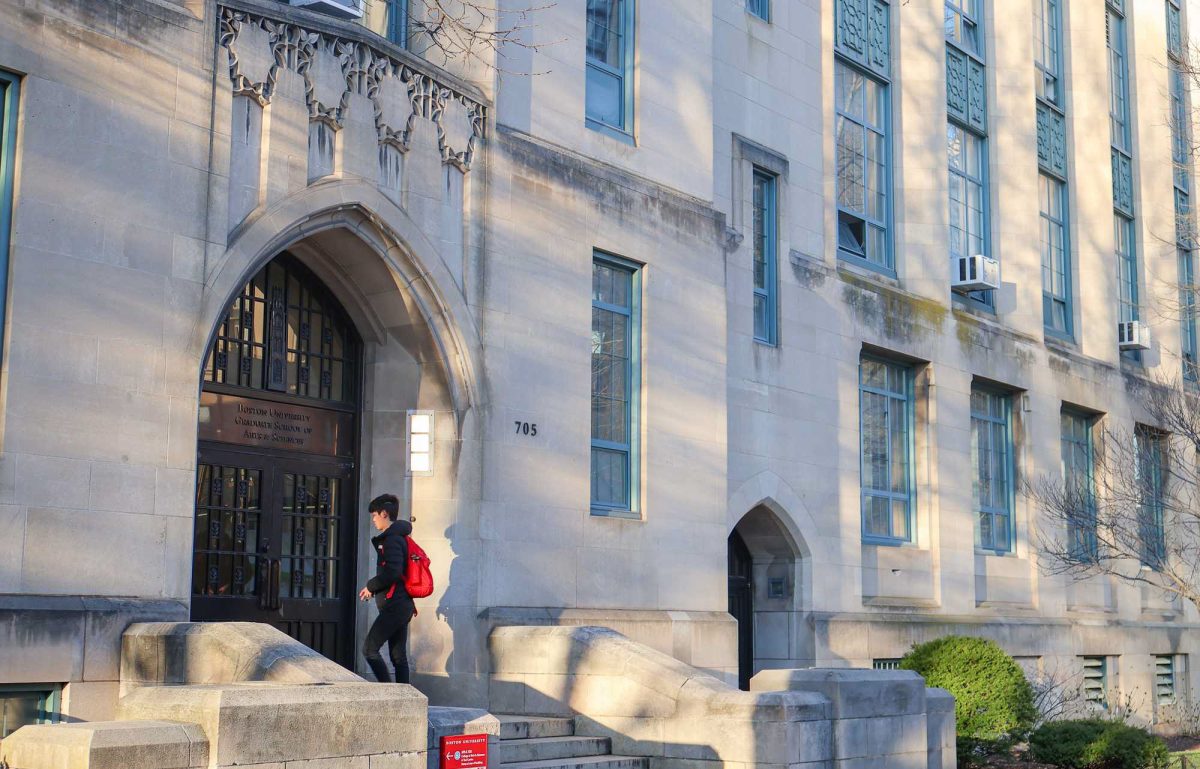
Some George Sherman Union restaurants have seen prices fluctuate following the winter recession period — chiefly, Panda Express, Green & Grains and CRBC — according to students’ receipts obtained by The Daily Free Press.
Panda Express saw a 50 cent increase in the price of their bowls and plates, bringing what was once a $7.20 bowl to $7.70 — plates increased from $8.70 in Fall 2021 to $9.60 this semester. Similarly, Greens & Grains has increased the price of each “Build Your Own Bowl” option by 20 cents.
However, Boston University was able to “create reduced pricing options” at CRBC for the Spring semester, BU spokesperson Colin Riley wrote in an email.
CRBC this semester discontinued their “Meal” options — which included a bag of chips or cookie with a drink and normally sold for around $11. Customers can now purchase individual sandwiches at $9.40. When comparing a Fall 2021 meal receipt to the same order with current options, the price of the total menu items decreased by four cents.
Riley added “COVID-induced supply chain challenges” has had a “direct impact on product availability and cost,” resulting in the price surge seen at several GSU restaurants.
“National brands such as Panda [Express] and Starbucks contractually stipulate price changes that all licensees must implement,” he wrote. “The University has worked hard to mitigate price increases in other areas.”
Kareena Bavisi, a sophomore in the Questrom School of Business and an employee at Greens & Grains, said, although she was made aware of the price hike, she was unsure what prompted the restaurant to begin charging extra.
“They started charging for to-go containers,” Bavisi said. “I’m a student worker, so I don’t actually know what goes on with the prices.”
Fatima Fontes, a junior in the College of Arts and Sciences who eats at the GSU weekly, expressed her dislike of the price surge and assumed the reason behind it.
“I feel like, if anything, it should be blamed on the pandemic,” Fontes said. “I feel food shortage has been a big issue in America these days.”
The COVID-19 pandemic has created a number of supply chain challenges across dozens of industries in the United States, with many food products experiencing an increase in annual price changes, according to a report by The New York Times.
CAS junior Zander Heaston said students’ meal plan options should be adjusted to keep up with unforeseen price surges.
“They should probably regulate what they’re charging instead of increase the amount that it costs,” Heaston said. “Or how much funding students have, because that just makes students pay more to adjust to it.”
Students on a meal plan are given more Dining Points each year as meal plan prices rise. Currently, students on the 250 Plan, which offers the most Dining Points and the least dining hall meal swipes, receive $630 per semester to spend on campus food establishments.
Aditya Agrawal, a graduate student in CAS, said the fault of the price hike doesn’t lie with the companies preparing and cooking the food.
“I can’t say the restaurant is to blame if the items are getting more expensive,” Agrawal said.

















































































































